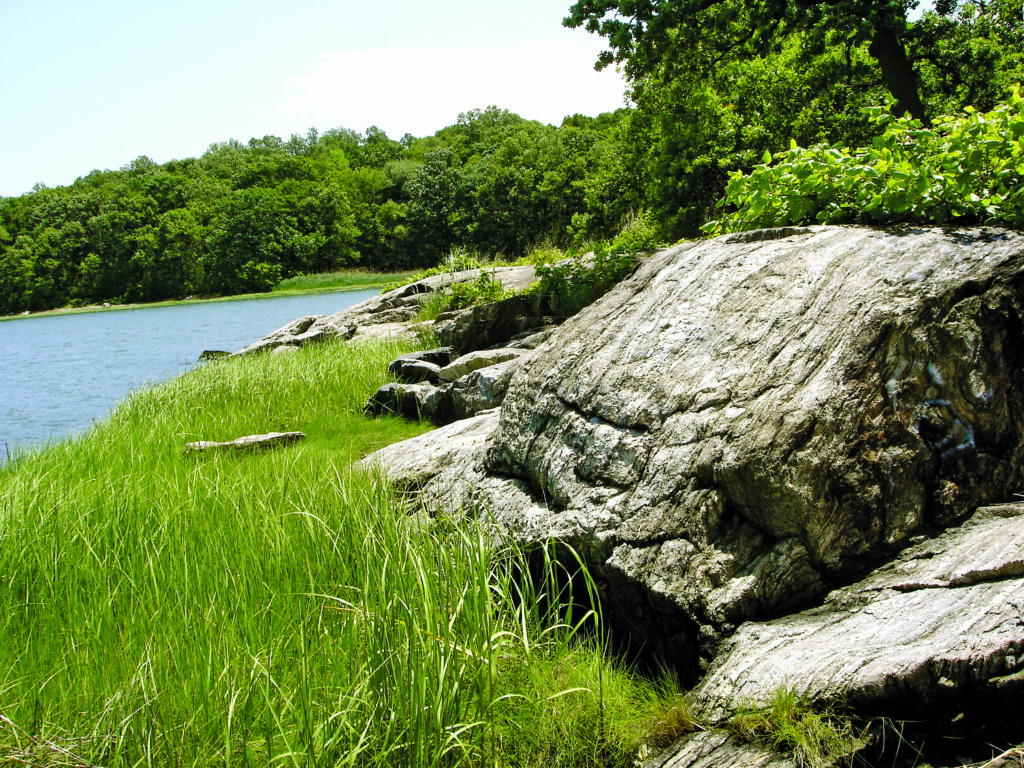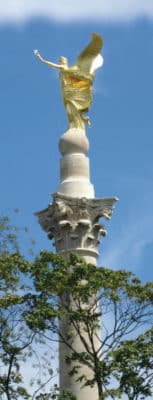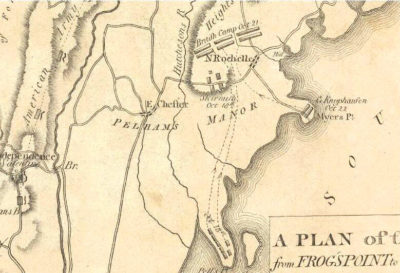
Central Park is the most famous outdoor park in New York and maybe in all of America. However, it is not the largest park in the city. Central Park is only the fifth-largest park in America’s most populous city, ranking behind Flushing Meadow Park, Van Cortlandt Park, Greenbelt Park and finally, Pelham Bay Park, the sprawling jewel in The Bronx.
Pelham Bay covers 2,765 acres, including nature trails, two public golf courses, wildlife sanctuaries, an aquatic center and Orchard Beach, the borough’s only public beach.
The name of the borough is Dutch in origin and as with the rest of colonial-era New York, the park era’s early history is an amalgamation of Dutch and English culture and peoples. Anne Hutchinson, an ambitious puritan settler from Rhode Island, founded a colony on current park grounds, one that was eventually laid to waste by an attack from the Siwanoy tribe, the latter seeking revenge for an unrelated attack. In 1654, Thomas Pell purchased the land from the Siwanoy tribe. For decades, the land would remain in family hands.

During the Revolutionary War, the park area served as a buffer zone between a New York City dominated by the British and a Westchester County under the command of the Continental Army. On Oct. 18, 1776, the Battle of Pell’s Point took place. An army of 4,000 British troops were defeated in a battle against a brigade of 750 men under the command of American Colonel John Glover. In the late 19th century, parklands were being developed throughout the entire New York City area. Here are some of the endless adventures the park has to offer.
The Kazimiroff Nature Trail is a relatively new path, opening in 1986 and encompassing 189 acres on Hunter Island. Named for the Native American tribe, the Siwanoy Trail consists of a trail system that originates in the Central Woodlands section of the park and travels in many directions, splitting into two spurs, one going east to the Rodman’s Neck meadow and the other going north around Bartow Circle. The trail ends at the Hutchinson River Parkway’s interchange with Orchard Beach Road. The Split Rock Trail originates at Bartow Circle and stretches for 1.5 miles.
The latter trail includes a bridle path that circumscribes the park’s two golf courses, with a spur to the Bronx Equestrian Center.
The Pelham Bay Golf Course is the oldest of the two, opening in 1901. Thirty-four years later, the Split Rock Golf Course opened its doors. The successful construction of the Van Cortlandt Park links speeded along the completion of the Pelham Bay course. Who said The Bronx was all asphalt? That’s three public golf courses for duffers to commute to. Who needs Myrtle Beach?
As befitting such a large park, Pelham Bay contains several wildlife sanctuaries. The Thomas Pell Wildlife Sanctuary and the Hunter Island Marine Zoology and Geology Sanctuary consist of a total of 489 acres of marshes and forests. Both sanctuaries were created in 1967 following public opposition to a planned landfill in the area. This was similar to public opposition at around the same time to the planned destruction of Grand Central Station, one spearheaded by Jacqueline Onassis.

Finally, the Bronx Equestrian Center, located in the northern section of the park, is a place where visitors can ride horses and ponies through the parks’ trails. Riding lessons are also available.
The park, as noted, was part of a boom in such landscapes that took place at the turn of the century. Frederick Law Olmsted, the architect who designed Central Park, wanted to do the same for The Bronx. After city officials turned down his plan, John Mullaly, editor of The New York Herald, started his own push for a park. In 1884, a bill to begin landscaping was signed by President Grover Cleveland.
Today’s Orchard Beach, on the other hand, was Robert Moses’ brainchild. In 1934, the legendary New York City parks commissioner authorized work on both a golf course and an upgraded beach based on the earlier success at Jones Beach. The Works Progress Administration (WPA) funded both projects. The park’s most significant monument, the Bronx Victory Column & Memorial Grove, is a 70-foot-tall limestone column that supports a bronze statue of Winged Victory on Crimi Road. The monument was constructed in 1921 to honor Bronx servicemen who served in World War I.



















